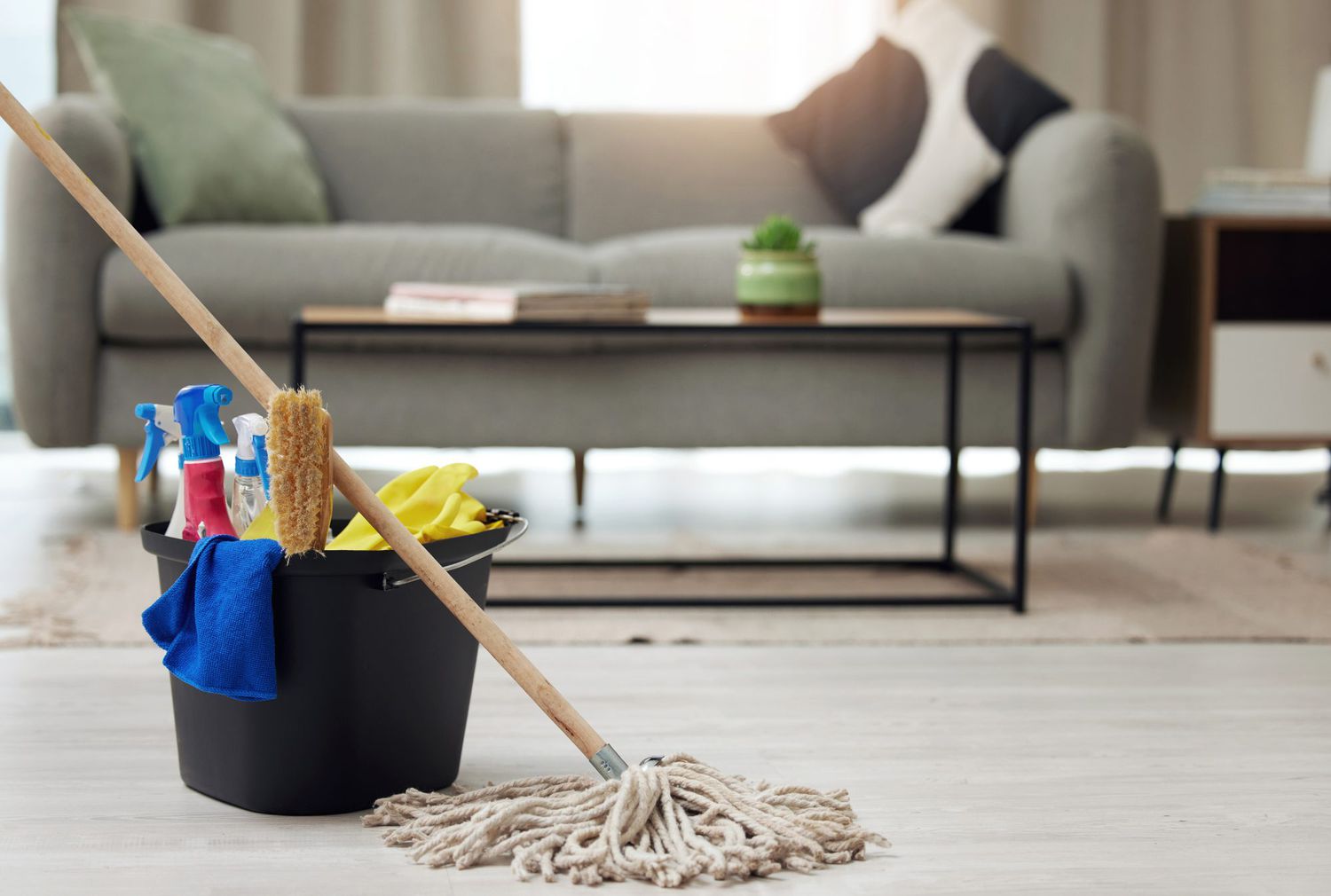

Articles
How To Clean A Floor
Modified: February 26, 2024
Learn effective and proven techniques to clean your floor with these informative articles. Transform your space with easy-to-follow tips and tricks.
(Many of the links in this article redirect to a specific reviewed product. Your purchase of these products through affiliate links helps to generate commission for Storables.com, at no extra cost. Learn more)
Introduction
Cleaning your floor is an essential part of maintaining a clean and healthy living space. Whether you have hardwood, tile, laminate, or vinyl flooring, regular cleaning can help to remove dirt, dust, stains, and allergens, making your floors look fresh and prolonging their lifespan. In this article, we will guide you through the step-by-step process of how to clean a floor effectively.
Before getting started, it’s important to note that different types of flooring may require slightly different cleaning techniques and products. Always refer to the manufacturer’s instructions or consult a professional if you are unsure about the best cleaning method for your specific type of flooring.
Now, let’s gather the supplies needed to clean your floor.
Key Takeaways:
- Regularly sweep or vacuum your floor to prevent dirt buildup and maintain its cleanliness. Use appropriate cleaning solutions and techniques for different floor types to ensure effective cleaning and prolong the floor’s lifespan.
- After cleaning, ensure thorough drying to prevent slipping and water damage. Follow maintenance tips such as using protective pads and regular professional cleaning to keep your floor looking clean and well-maintained.
Read more: How To Clean A Hardwood Floor
Supplies Needed
Before you begin cleaning your floor, gather the following supplies:
- Broom or vacuum cleaner: This will be used to remove loose dirt and debris from the floor surface.
- Mop: Choose a mop that is suitable for your floor type. Microfiber mops are generally a good option as they effectively trap particles and are gentle on most surfaces.
- Bucket: You will need a bucket to mix cleaning solution and water.
- Cleaning solution: Use a floor cleaner that is appropriate for your floor type. Avoid using harsh chemicals that can damage or discolor the floor.
- Soft-bristle scrub brush: This may be required for scrubbing stubborn stains or grime.
- Microfiber or terry cloth towels: These can be used for drying the floor after cleaning.
- Protective gloves: It is recommended to wear gloves to protect your hands while handling cleaning solutions.
Once you have gathered the necessary supplies, it’s time to prepare the floor for cleaning.
Preparation
Preparing the floor before cleaning is an important step that helps to ensure effective and efficient cleaning. Follow these steps to prepare your floor:
- Remove any furniture or objects from the floor: Clear the area of any furniture, rugs, or items that may obstruct the cleaning process. This will give you a clear and unobstructed surface to work on.
- Sweep or vacuum the floor: Use a broom or vacuum cleaner to remove loose dirt, dust, and debris from the floor. Pay special attention to corners, edges, and under furniture.
- Look for and address any spills or stains: If there are any spills or stains on the floor, treat them before proceeding with the general cleaning. Follow the appropriate stain removal method for your floor type.
Once you have prepared the floor, you are ready to move on to the next step – sweeping or vacuuming.
Sweeping or Vacuuming
The first step in cleaning your floor is to sweep or vacuum the surface to remove any loose dirt, dust, and debris. Follow these steps for effective sweeping or vacuuming:
- Start from one corner of the room and work your way towards the exit: This will ensure that you cover the entire floor without stepping over areas you’ve already cleaned.
- Use a broom or vacuum cleaner with appropriate attachments: If you have hardwood or tile floors, use a soft-bristle broom or a vacuum cleaner with a floor brush attachment to prevent scratching. For carpeted floors, use a vacuum cleaner with a beater brush or rotating brush to effectively remove dirt from the fibers.
- Pay attention to corners and edges: Sweep or vacuum along the edges of the room and in corners where dirt tends to accumulate.
- Remove small debris manually: If you come across any small debris that the broom or vacuum cleaner might have missed, pick it up by hand or use a dustpan and brush.
Once you have completed the sweeping or vacuuming process, it’s time to move on to the next step – mopping.
Mopping
Mopping is an essential step in cleaning your floor and removing stubborn dirt and grime that may not be picked up by sweeping or vacuuming. Follow these steps to mop your floor effectively:
- Fill a bucket with warm water: Fill a bucket about halfway with warm water. The water should be warm enough to effectively dissolve the cleaning solution without being too hot.
- Add the appropriate amount of cleaning solution: Refer to the instructions on the cleaning solution bottle for the recommended amount to mix with the water. Some cleaning solutions may require dilution, so make sure to follow the instructions carefully.
- Dip the mop in the cleaning solution: Immerse the mop into the bucket and let it soak for a moment to absorb the cleaning solution.
- Wring out excess water: Lift the mop out of the bucket and gently squeeze or wring it out to remove any excess water. The mop should be damp but not dripping wet.
- Mop the floor in a controlled motion: Start mopping from one corner of the room and work your way towards the exit, using smooth and controlled motions. Avoid applying excessive pressure on the mop, as this can push dirt around and leave streaks on the floor.
- Change the mop water as needed: If the water in the bucket becomes dirty or cloudy, empty it and refill with clean water and fresh cleaning solution.
Once you have mopped the entire floor, it’s important to ensure that any stubborn stains or grime are thoroughly tackled. The next section will guide you through the process of scrubbing the floor.
Use a microfiber mop and a mild floor cleaner to clean your floor. Start from the farthest corner and work your way towards the exit to avoid stepping on the wet floor.
Read more: How To Clean Floor Rug
Scrubbing
Scrubbing the floor is necessary to remove tough stains, grime, or sticky residue that may not be easily removed by mopping alone. Follow these steps to effectively scrub your floor:
- Identify areas that need extra attention: Look for any stubborn stains, spills, or sticky spots on the floor that require targeted scrubbing.
- Prepare a cleaning solution: In a small container, mix a small amount of the cleaning solution with water to create a concentrated cleaning mixture.
- Dip a soft-bristle scrub brush into the cleaning solution: Immerse the scrub brush into the cleaning solution, ensuring that the bristles are fully coated.
- Scrub the stained or dirty areas: Using gentle pressure, scrub the affected areas in a circular or back-and-forth motion. Take care not to scrub too hard, especially on delicate flooring surfaces.
- Rinse the brush frequently: As you scrub, rinse the brush in clean water to remove any dirt or residue that may have accumulated on the bristles.
- Continue scrubbing until the stains or dirt are removed: Repeat the scrubbing process as necessary until the stained or dirty areas are clean. If needed, you can apply a bit more of the cleaning solution to stubborn spots.
Once you have finished scrubbing, it’s time to move on to the next step – removing stubborn stains.
Removing Stubborn Stains
Even with regular cleaning, some stains may prove to be stubborn and require extra attention. Here are some effective methods to remove stubborn stains from your floor:
- Identify the type of stain: Before attempting to remove a stain, it’s important to identify the type of stain and the appropriate cleaning method. Different stains may require different approaches.
- Spot treatment: For small and localized stains, you can try a spot treatment approach. Apply a small amount of the appropriate cleaning solution directly onto the stain and let it sit for a few minutes. Then, gently scrub the stained area with a soft brush or cloth.
- Baking soda paste: Baking soda is known for its stain-removing properties. Mix baking soda with a small amount of water to create a paste and apply it to the stained area. Let it sit for a few minutes and then gently scrub the stain.
- Vinegar solution: Vinegar is a natural cleaning agent that can be effective in removing certain stains. Create a mixture of vinegar and water (in a 1:1 ratio) and apply it to the stain. Allow it to sit for a few minutes before gently scrubbing the area.
- Hydrogen peroxide: Hydrogen peroxide can be used to remove tough stains, particularly on lighter-colored floors. Apply a small amount of hydrogen peroxide directly to the stain and let it sit for a few minutes. Then, gently scrub the area and wipe away the residue.
- Consult a professional: If the stain persists or if you are unsure about the best approach for your specific type of flooring, it is recommended to consult a professional cleaner or seek guidance from the manufacturer.
Once you have successfully removed the stubborn stains, it’s time to move on to the next step – drying the floor.
Drying the Floor
After cleaning, it’s important to properly dry the floor to prevent slipping and water damage. Follow these steps to ensure your floor is thoroughly dried:
- Wipe up excess water: If there is any excess water or moisture on the floor, use a mop or absorbent towels to wipe it up.
- Air circulation: Open windows or turn on fans to promote air circulation, which will help to speed up the drying process.
- Microfiber or terry cloth towels: Use clean microfiber or terry cloth towels to dry the floor. Start from one side of the room and work your way towards the exit, ensuring that you cover the entire surface.
- Change towels if needed: If the towels become saturated with water, replace them with fresh, dry towels to continue drying the floor effectively.
- Allow sufficient drying time: The drying time will depend on various factors such as room temperature, humidity, and floor type. Ensure that the floor is completely dry before allowing any foot traffic or replacing furniture and objects.
Once the floor is thoroughly dried, it’s time to focus on maintaining its cleanliness and prolonging its lifespan.
Maintaining Cleanliness
Maintaining the cleanliness of your floor is essential to keep it looking fresh and prolong its lifespan. Here are some tips to help you maintain a clean and spotless floor:
- Regular sweeping or vacuuming: Make it a habit to sweep or vacuum your floor on a regular basis to prevent dirt and debris from accumulating.
- Use doormats: Place doormats at the entrances of your home to trap dirt, dust, and moisture from shoes. This will help prevent them from being tracked onto your floor.
- Wipe up spills immediately: Accidental spills should be wiped up promptly to prevent stains and damage to the floor. Use a cloth or paper towel to absorb the liquid and clean the area.
- Use protective pads: Attach felt or rubber pads to the legs of furniture to prevent scratches and scuff marks when moving them across the floor.
- Avoid using abrasive materials: When cleaning your floor, avoid using rough or abrasive materials that can scratch or damage the surface. Stick to soft cloths or mops.
- Follow manufacturer’s recommendations: Different types of flooring may have specific care instructions provided by the manufacturer. Always follow these guidelines to maintain the integrity of your floor.
- Apply floor treatments: Consider applying floor treatments, such as sealants or wax, to provide an extra layer of protection and maintain the shine of your floor. Follow the manufacturer’s instructions for application.
- Regular professional cleaning: Depending on the type of flooring, periodic professional cleaning may be necessary to deep clean and revitalize the floor surface.
By following these maintenance tips, you can keep your floor looking clean, beautiful, and well-maintained for years to come.
Read more: How To Clean Marley Floor
Conclusion
Cleaning your floor is a crucial part of maintaining a healthy and inviting home environment. By following the step-by-step process outlined in this article, you can effectively clean your floor and remove dirt, stains, and grime. Remember to gather the necessary supplies, prepare the floor, sweep or vacuum, mop, scrub stubborn stains, and dry the floor thoroughly.
Additionally, it’s important to commit to ongoing maintenance to keep your floor in optimal condition. Regular sweeping or vacuuming, immediate attention to spills, and following manufacturer’s guidelines will help you maintain cleanliness and extend the lifespan of your floor.
Remember, each floor type may require different cleaning techniques and products, so always refer to the manufacturer’s instructions or consult a professional when in doubt. With proper care and maintenance, your floor will continue to provide a clean and beautiful foundation for your home.
Now that you have the knowledge and tools to clean your floor effectively, it’s time to roll up your sleeves and get to work. Enjoy the satisfaction of walking on a freshly cleaned floor and revel in the beauty it adds to your living space!
Frequently Asked Questions about How To Clean A Floor
Was this page helpful?
At Storables.com, we guarantee accurate and reliable information. Our content, validated by Expert Board Contributors, is crafted following stringent Editorial Policies. We're committed to providing you with well-researched, expert-backed insights for all your informational needs.
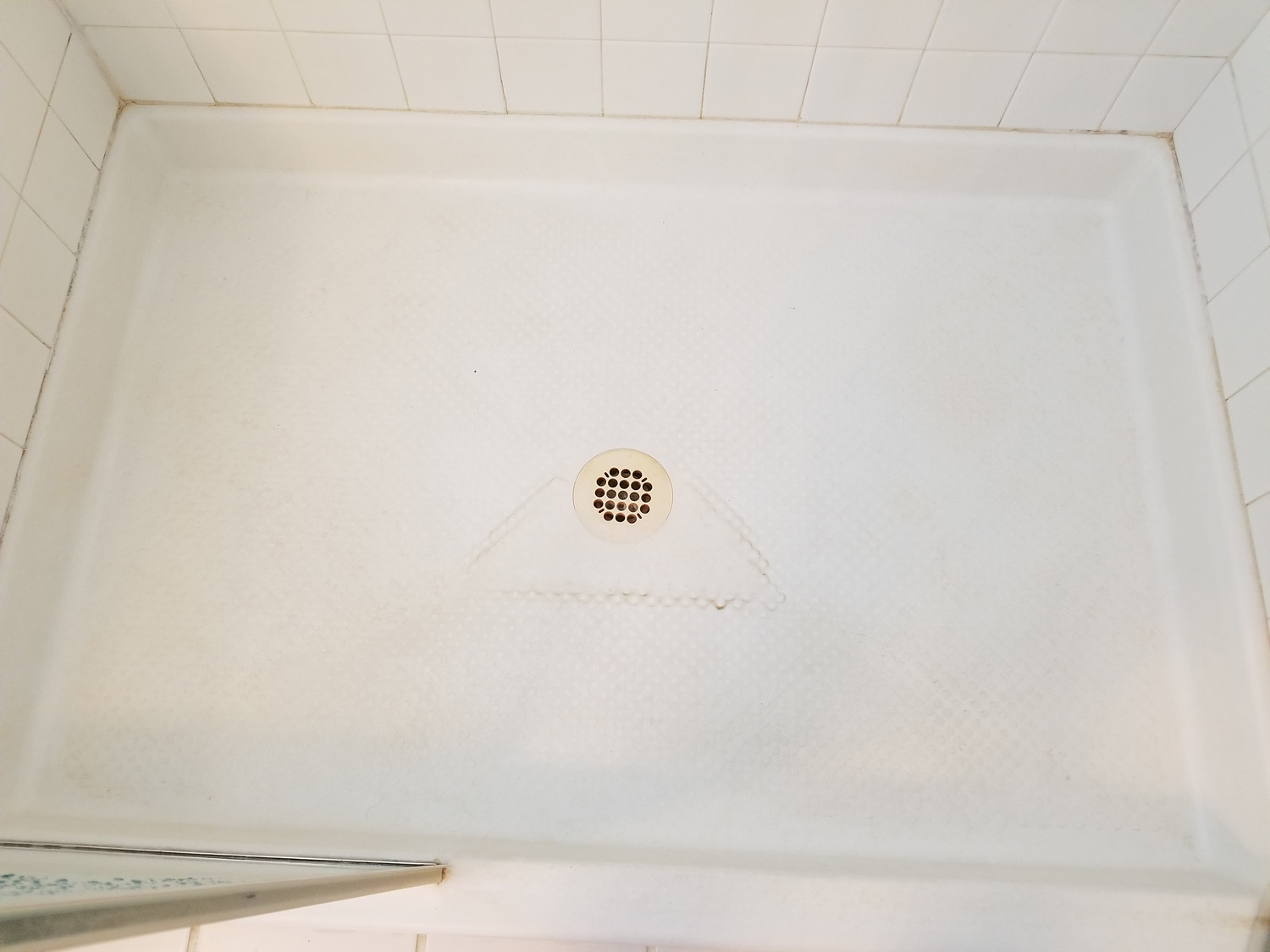
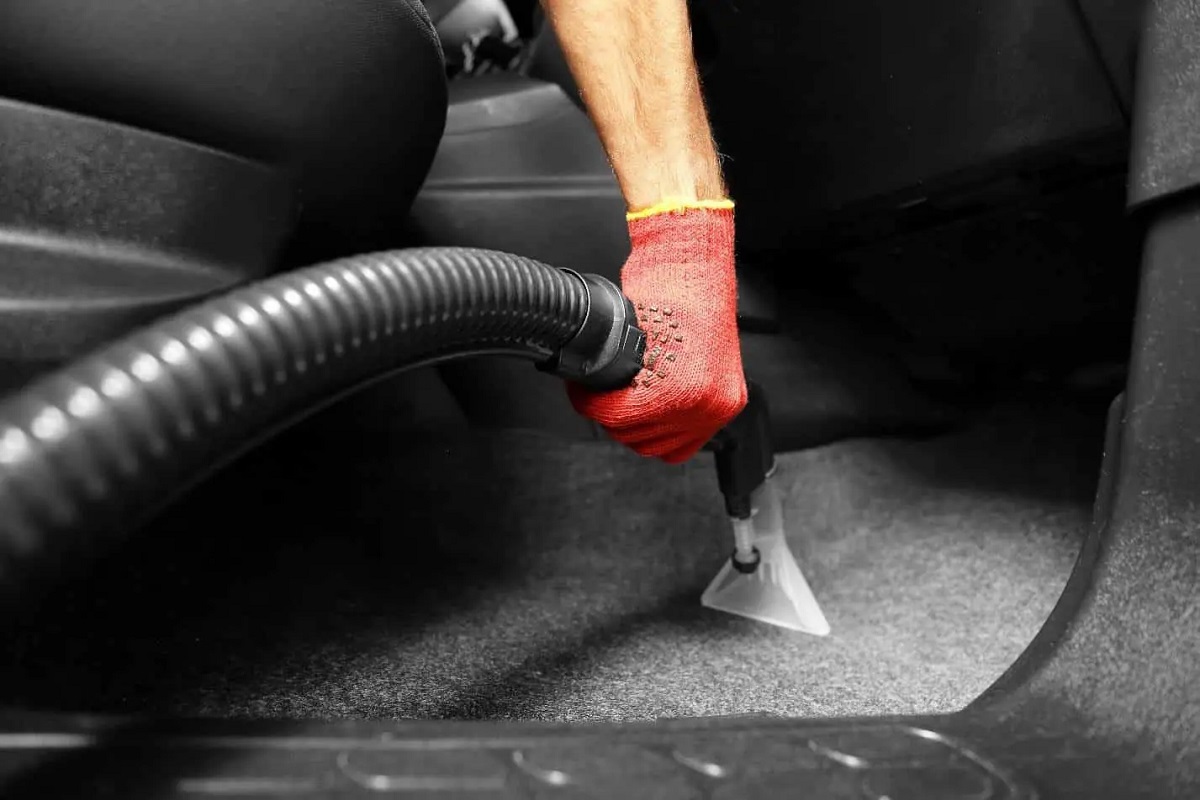
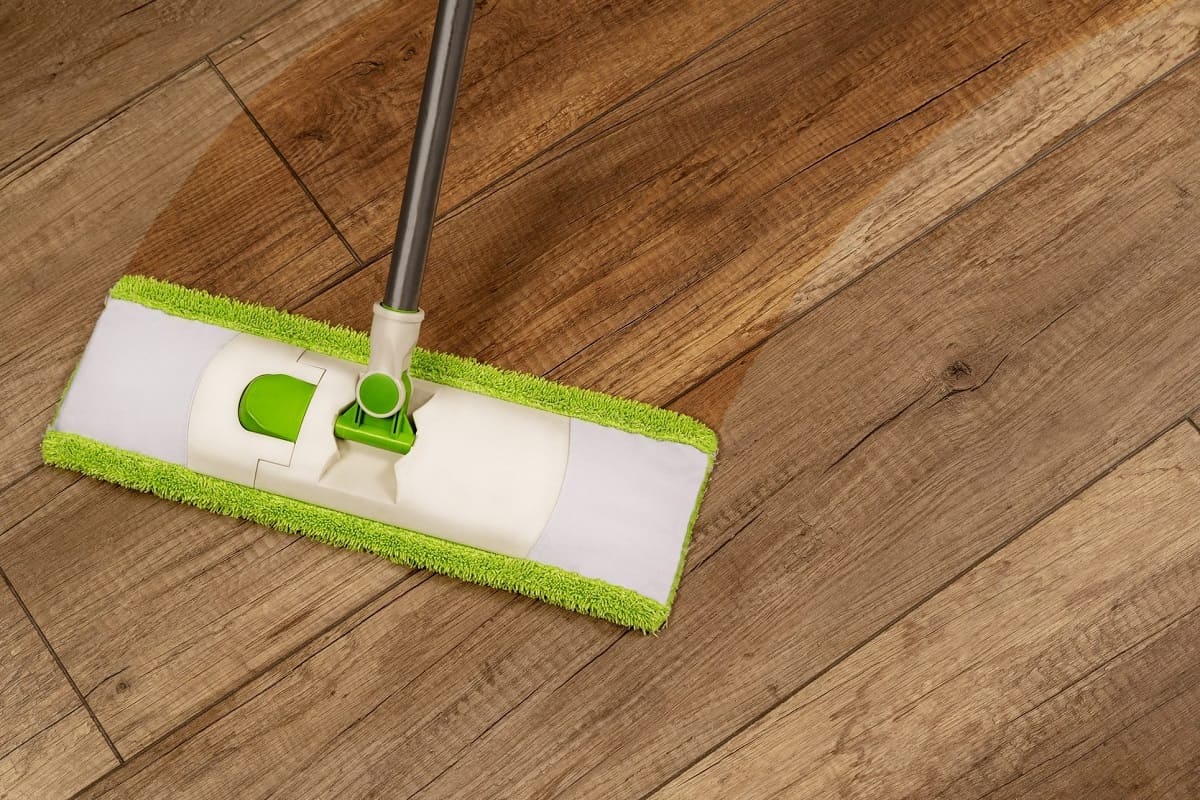
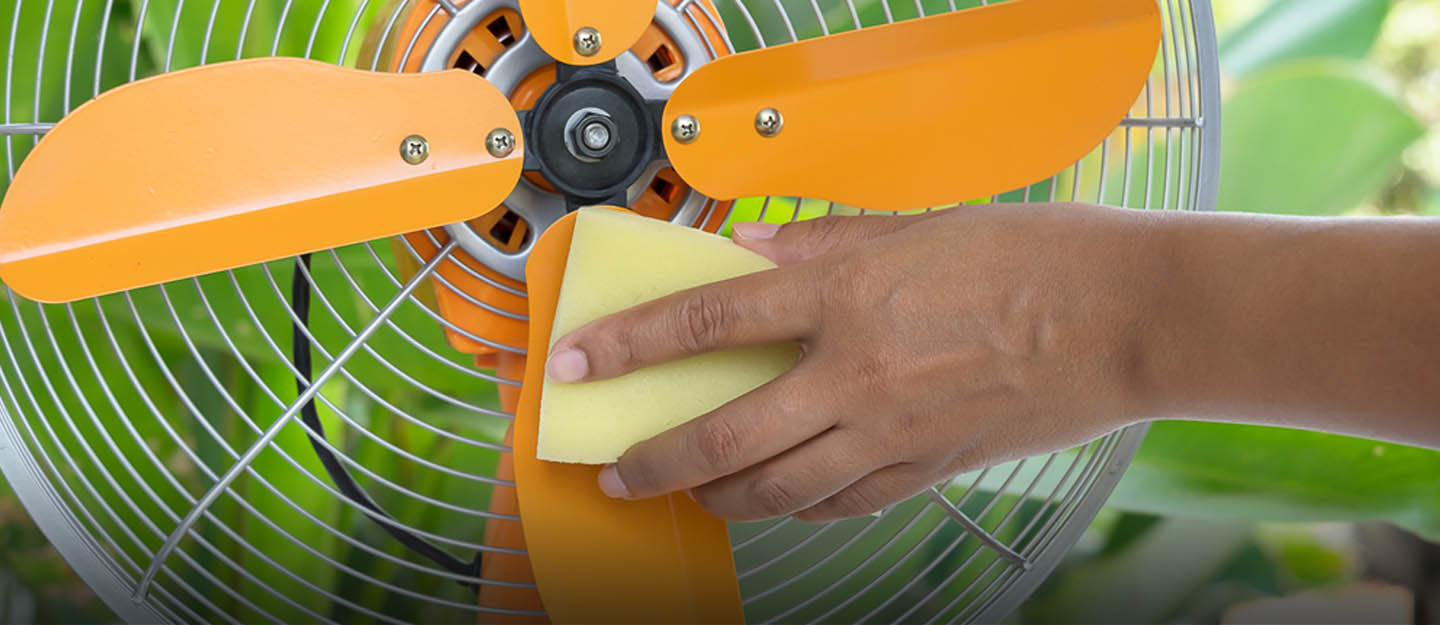
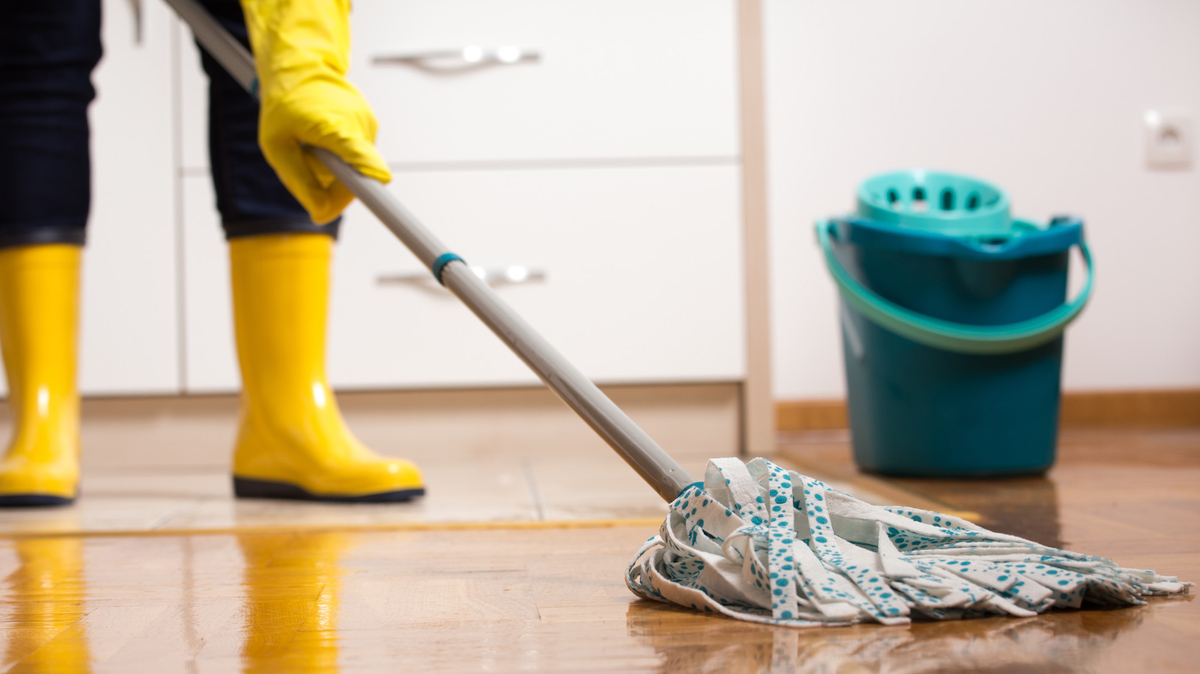
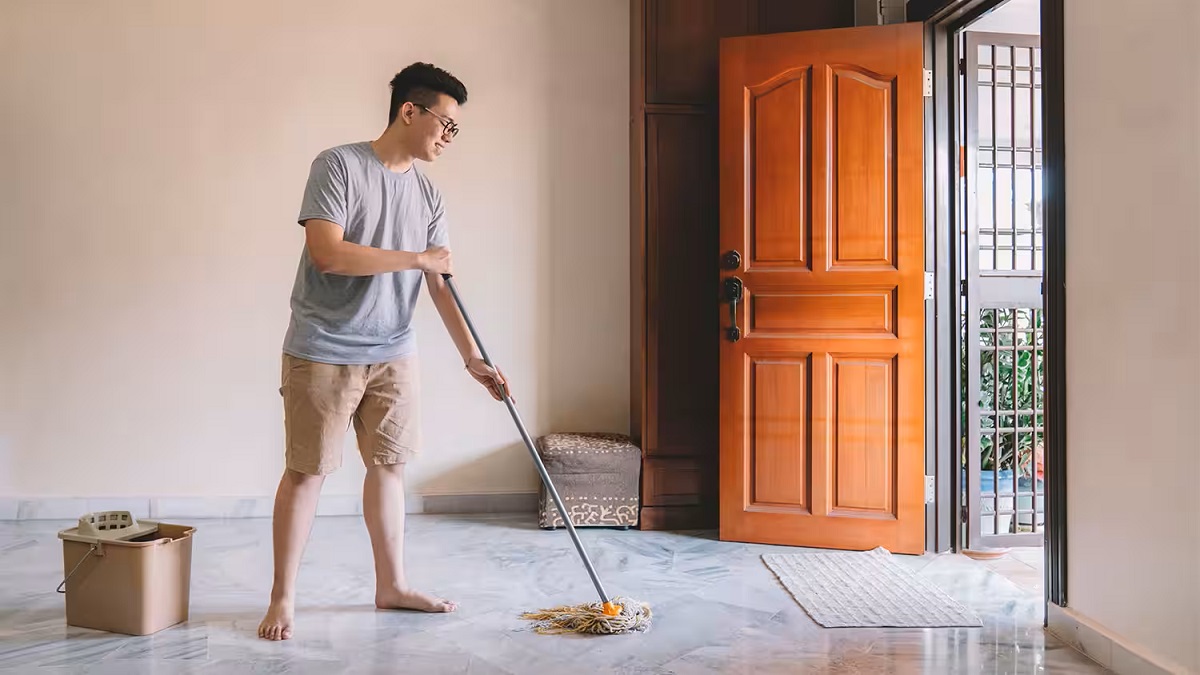
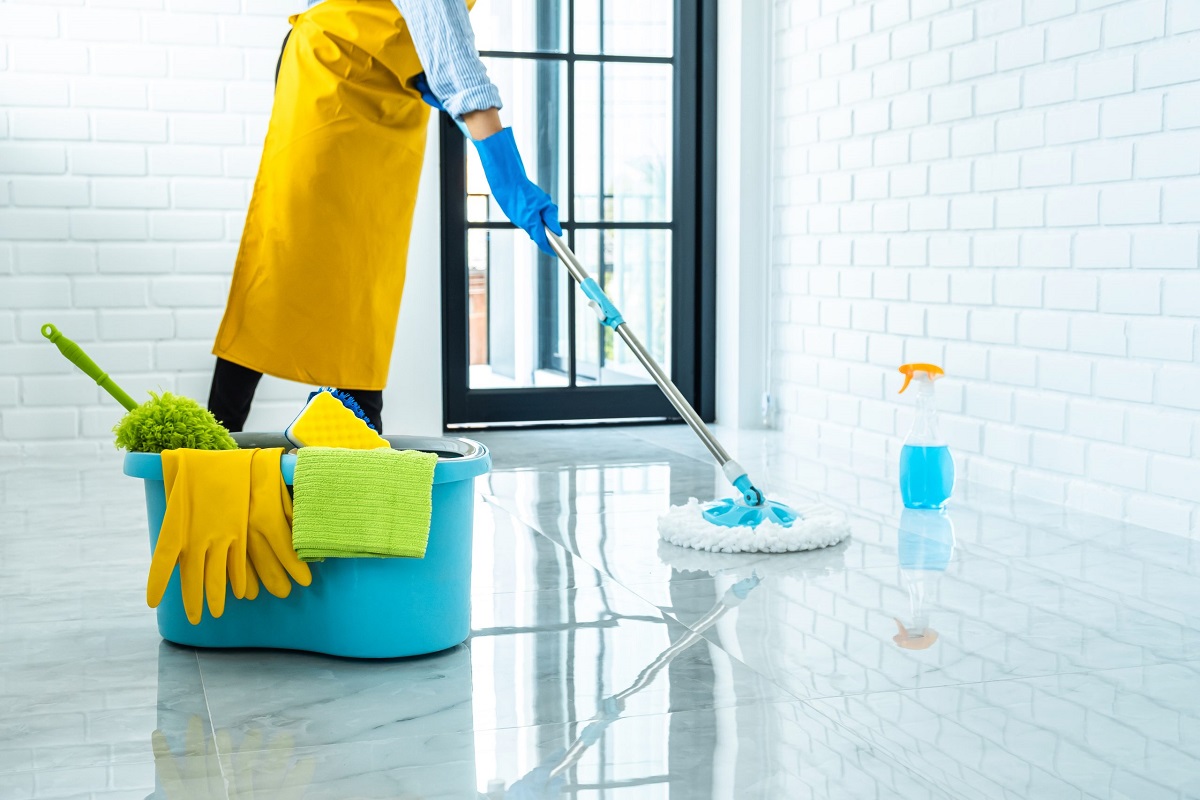
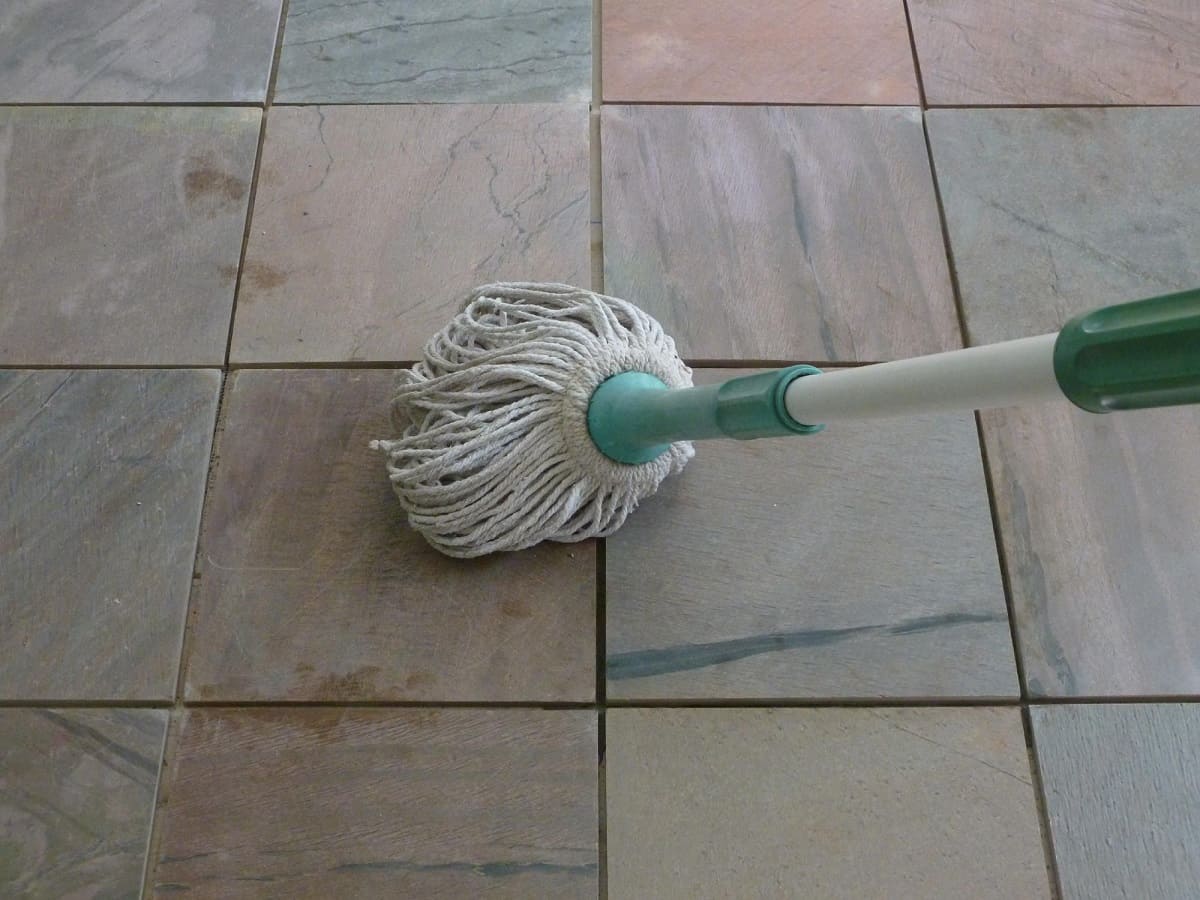
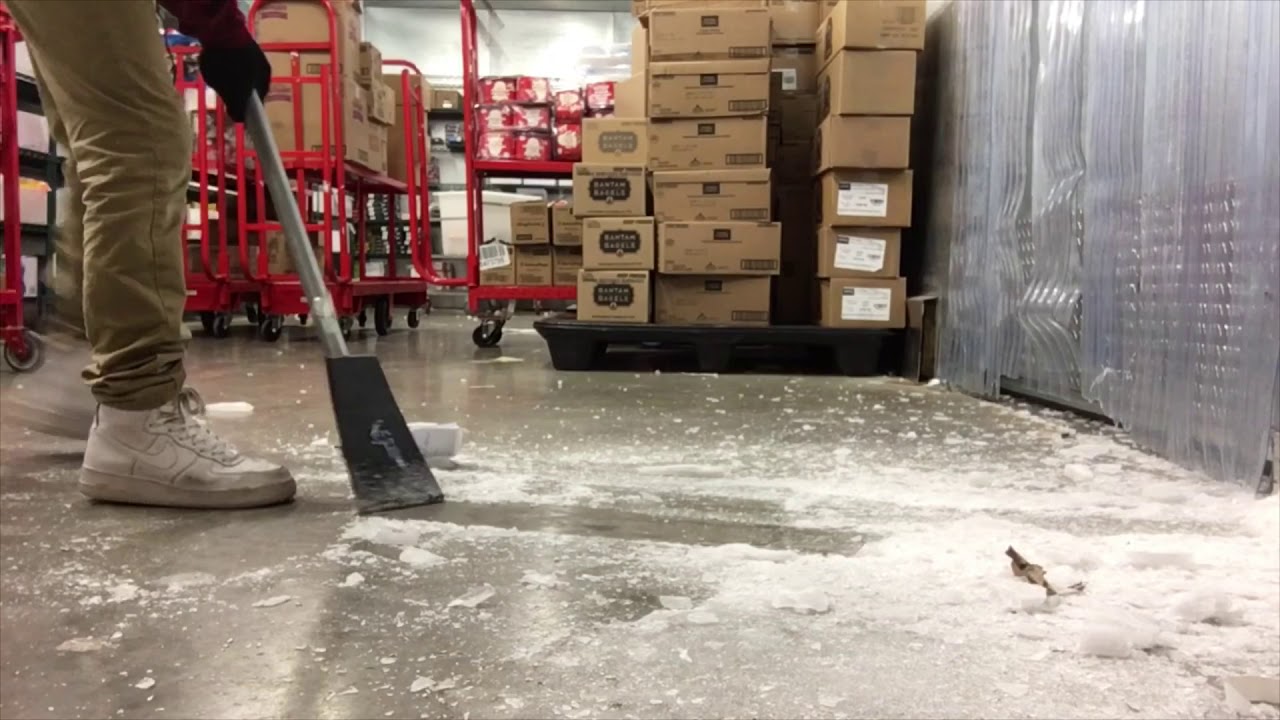
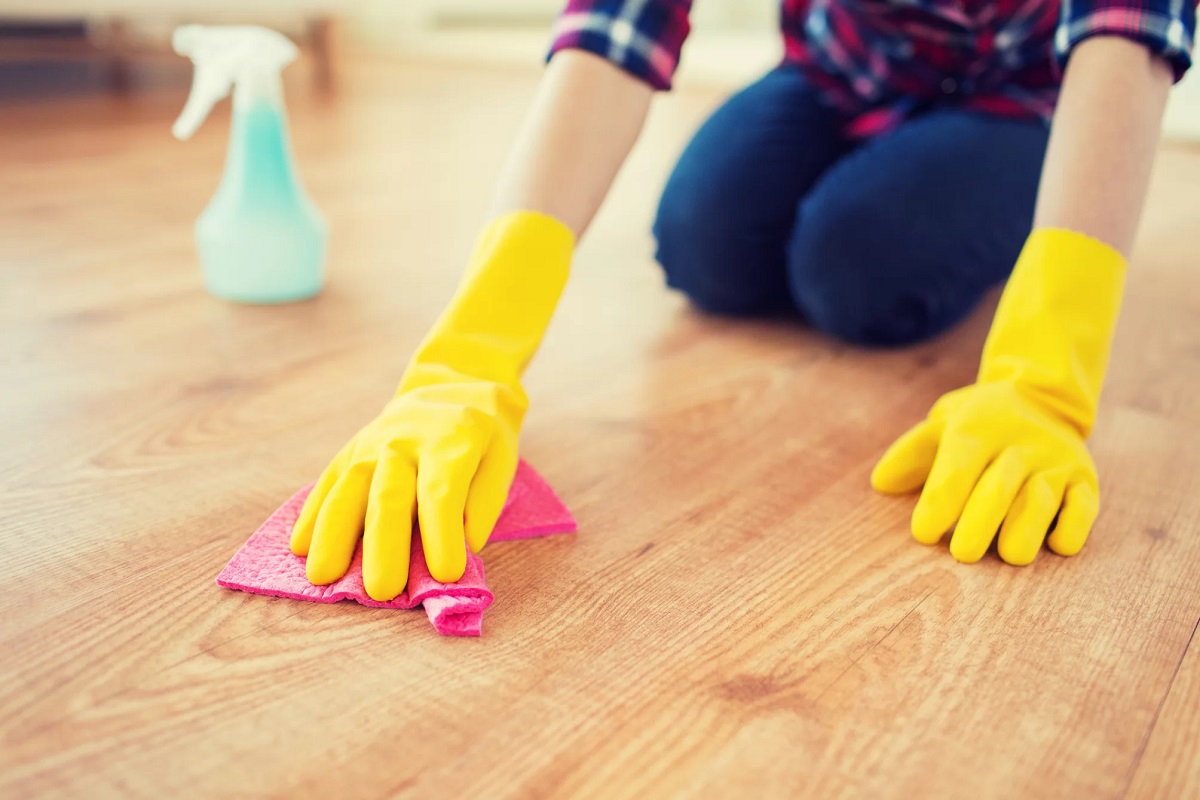
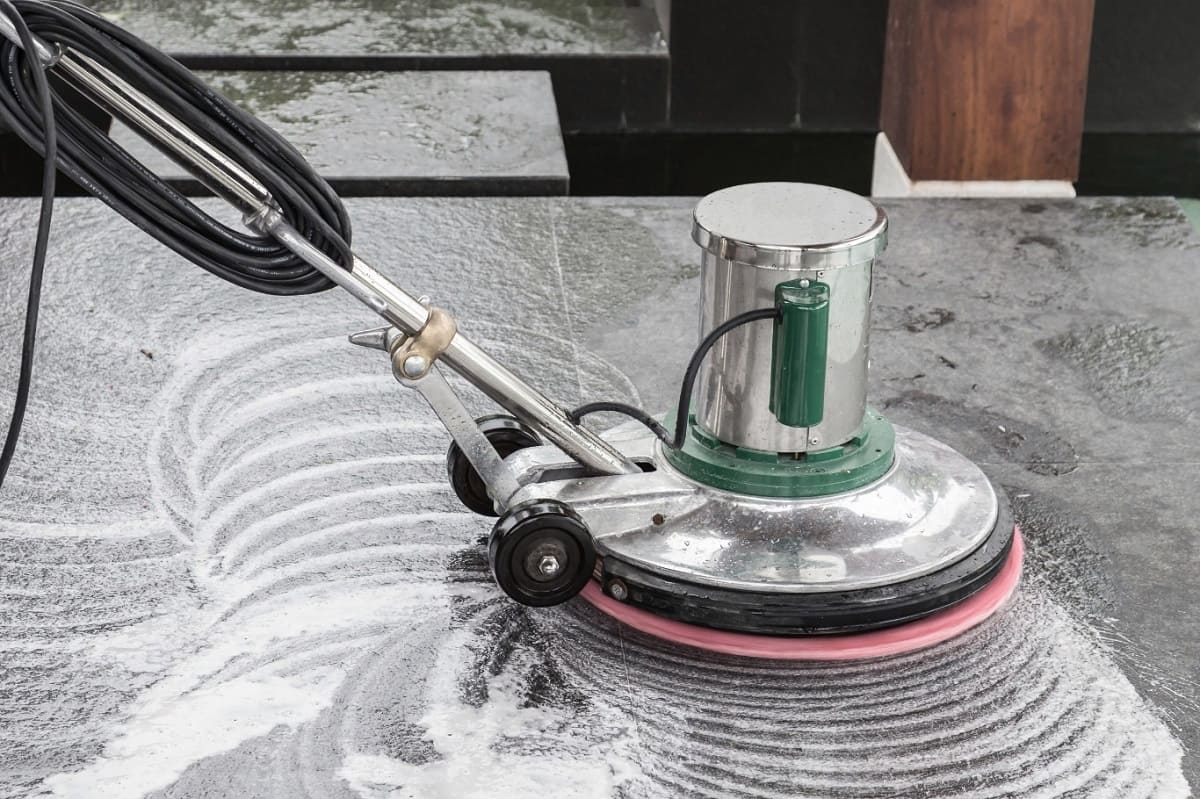
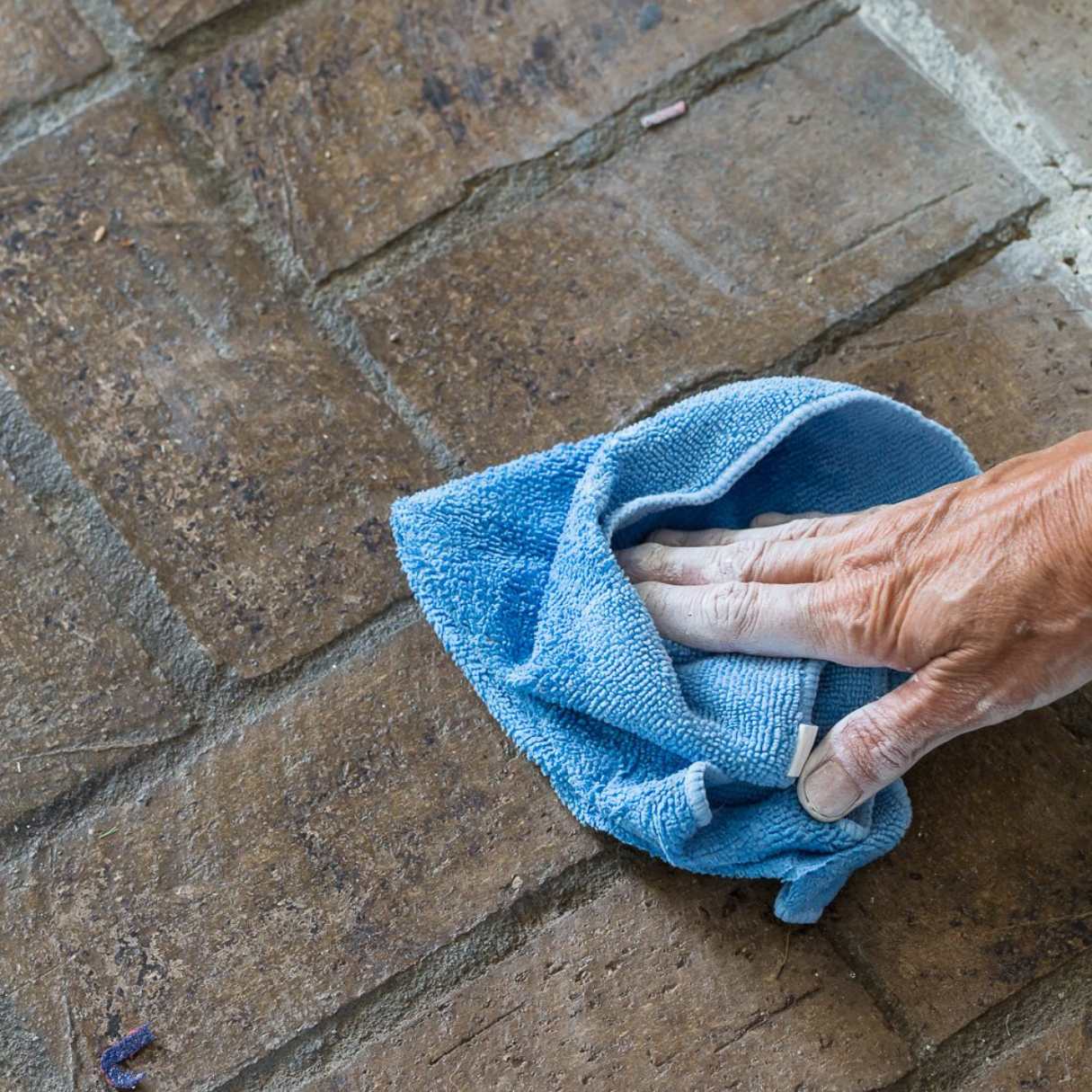
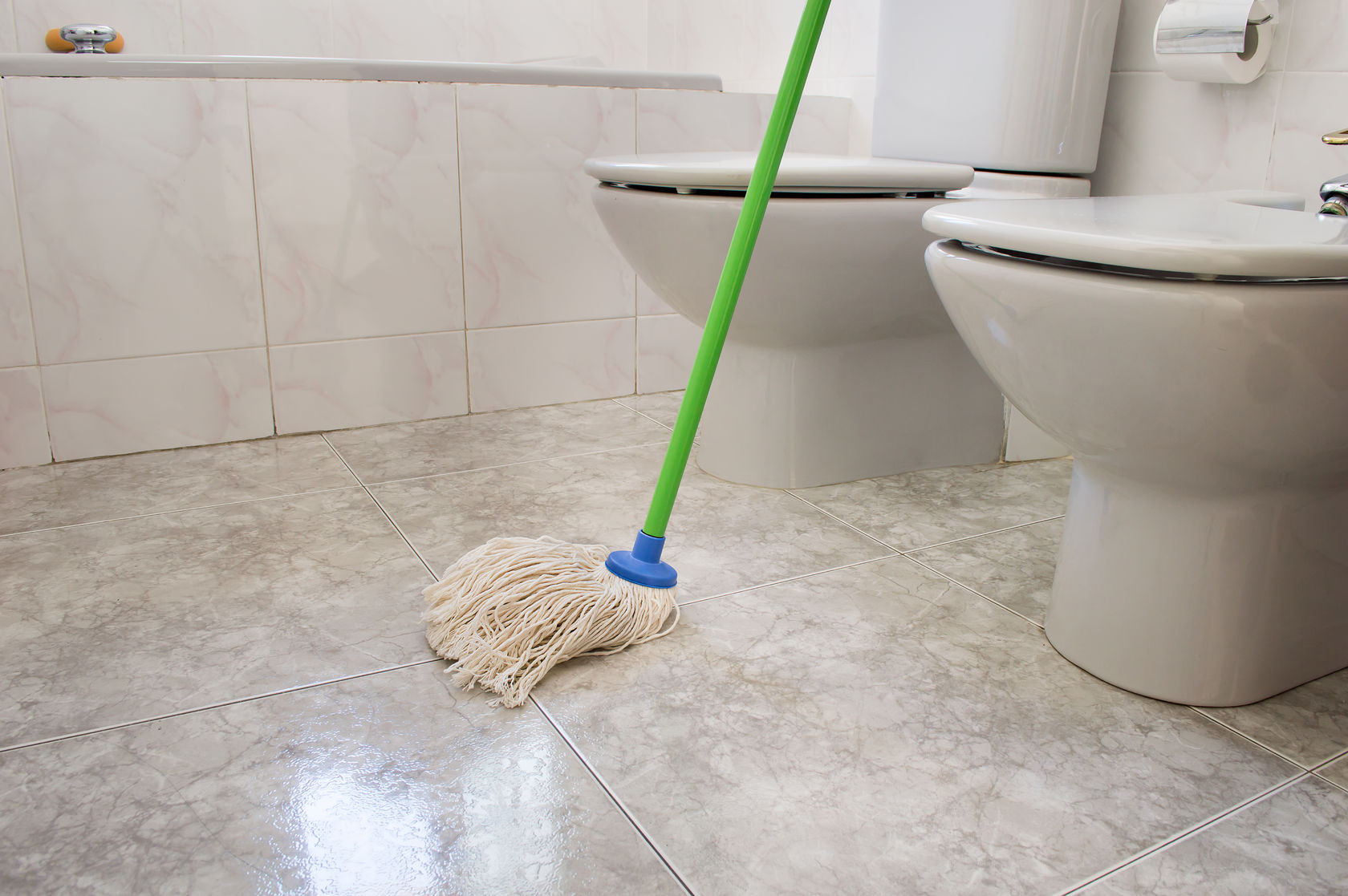

0 thoughts on “How To Clean A Floor”